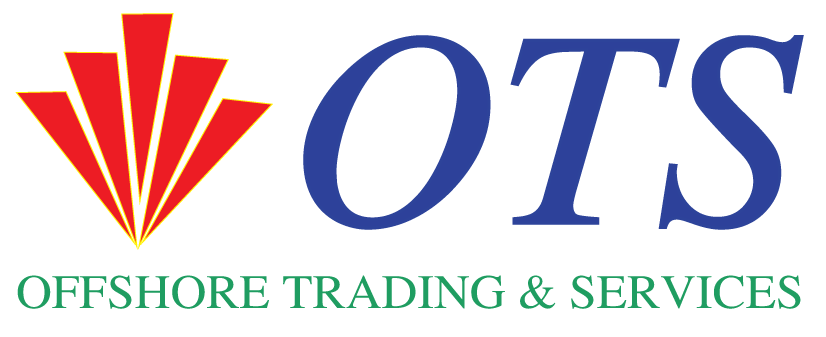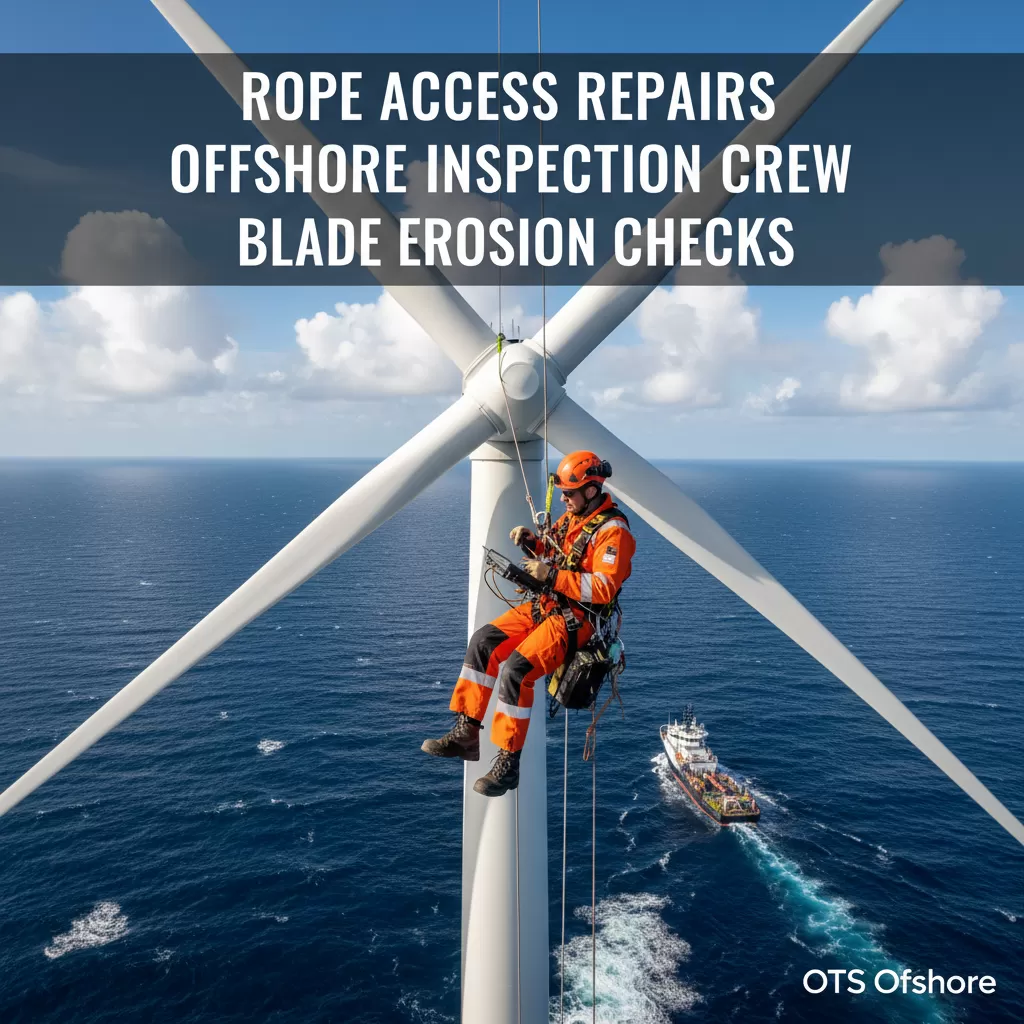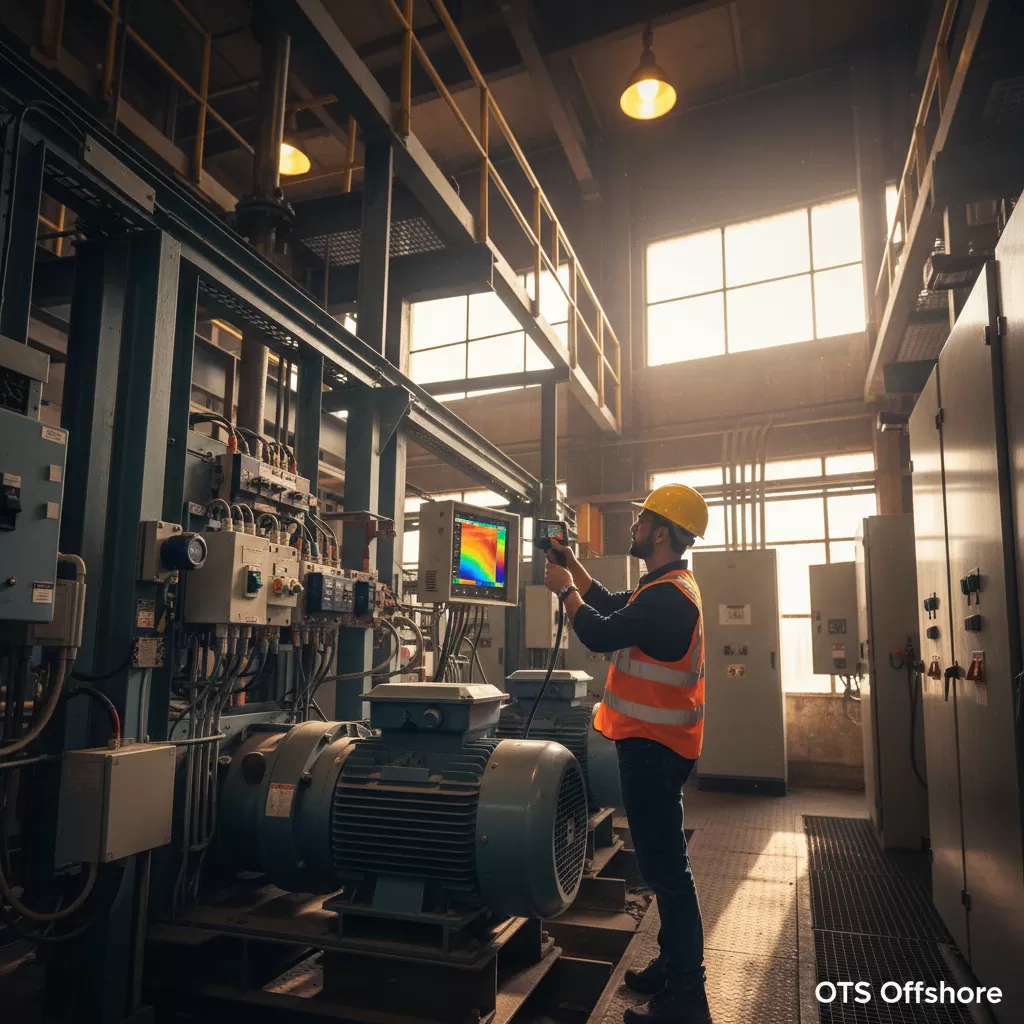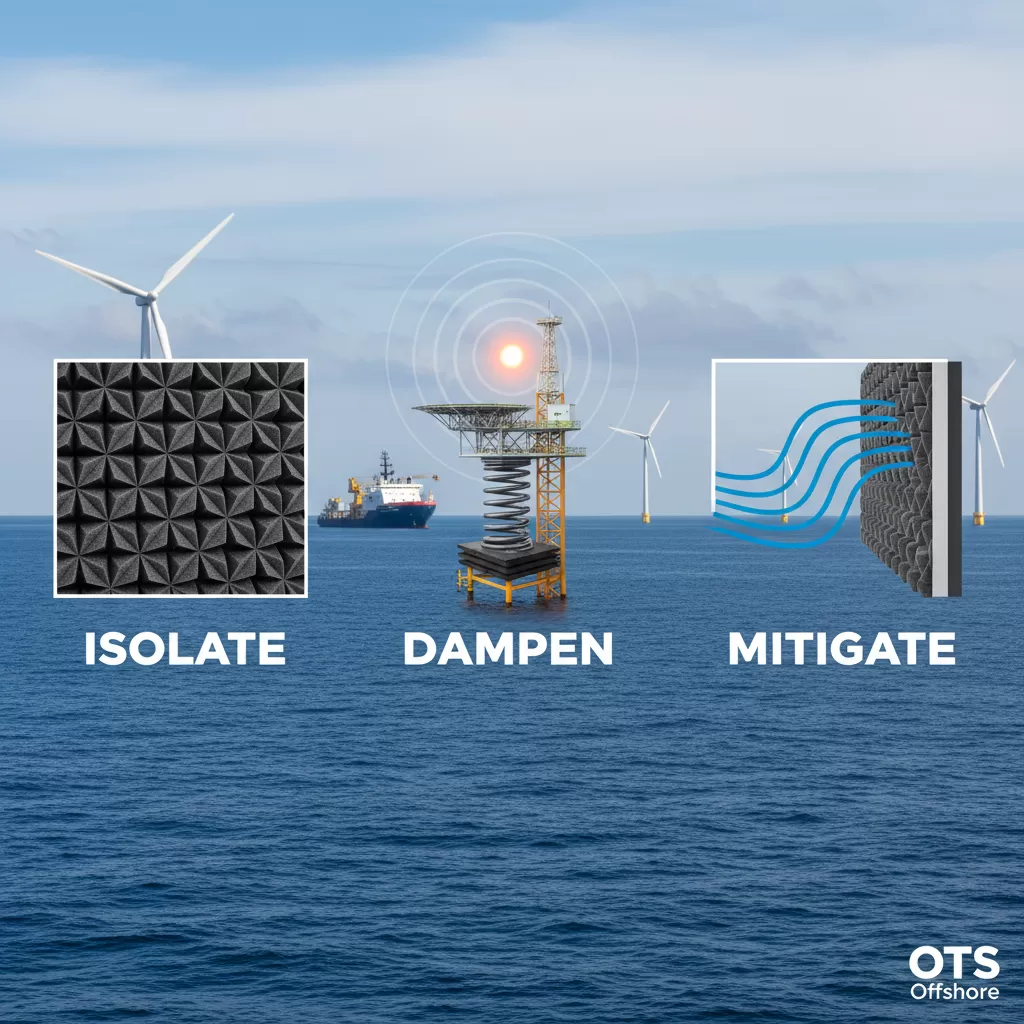🌐 Introduction
Offshore geotechnical drilling is a high-stakes, high-precision field that underpins the entire life cycle of marine energy infrastructure—from exploration and design to construction and long-term integrity. However, the unpredictable nature of marine geology, environmental forces, and strict international compliance frameworks make it one of the most challenging branches of offshore engineering.
At OTS Offshore Trading & Services Co., Ltd, we specialize in solving these challenges for clients across the EU and G7. With deep technical expertise, in-house equipment, and a commitment to Eurocode 7 and EN 16228 compliance, we help developers de-risk their geotechnical campaigns and deliver results that are not just accurate—but defensible and certifiable.
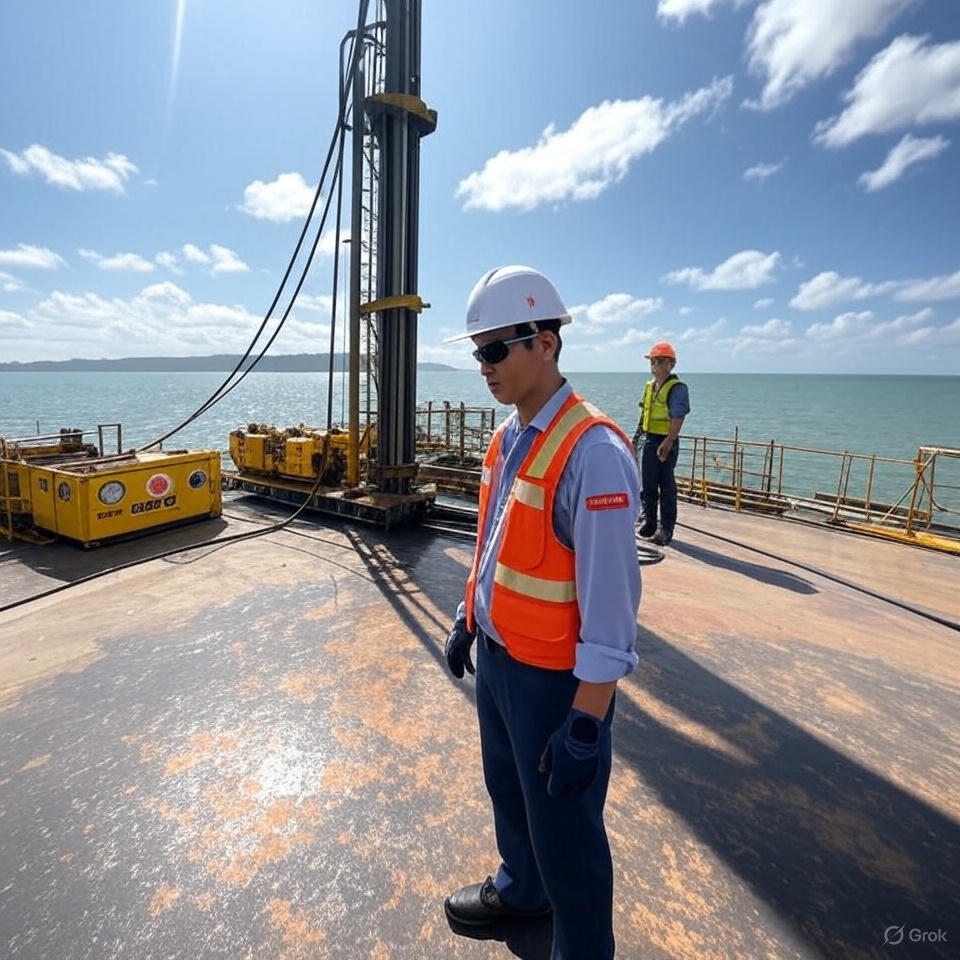
⚠️ Key Challenges in Offshore Geotechnical Drilling
1. Variable Seabed Conditions & Soil Uncertainty
Challenge: Offshore sites often exhibit complex stratigraphy with sudden transitions in soil types, from silts and clays to sand lenses, hard layers, or even calcareous deposits. These variations impact foundation design and installation.
How OTS Solves It:
-
Use of advanced CPT/CPTu for continuous profiling.
-
Seismic CPT for assessing shear wave velocities.
-
Rotary coring and vibrocores for undisturbed sampling.
-
Full lab analysis (triaxial, Atterberg, consolidation).
➡️ Benefit: High-resolution soil data = fewer foundation design revisions.
2. Environmental Hazards & Weather Windows
Challenge: Harsh offshore environments and unpredictable weather shorten available work windows, increase HSE risks, and may lead to incomplete investigations.
How OTS Solves It:
-
Fast mobilization with compact modular equipment.
-
Jack-up rigs and seabed frames designed for stability in harsh conditions.
-
Round-the-clock crew operations with full compliance to HSE EU directives.
-
Use of pre-deployment desk study + real-time seabed sonar for efficient planning.
➡️ Benefit: Reduced weather risk and increased operational uptime.
3. Regulatory and Compliance Pressures (EU)
Challenge: Clients operating in EU waters must meet strict standards such as EU Directive 2013/30/EU, EN 16228, and Eurocode 7. Deliverables must be audit-ready and acceptable by certifying bodies.
How OTS Solves It:
-
All testing and reporting is formatted per EN 1997-2 (Eurocode 7).
-
Equipment inspected and documented under EN 16228 safety compliance.
-
Engineers trained in EU health, safety, and environmental protocols.
-
End-to-end QA/QC documentation traceable to each borehole/sample.
➡️ Benefit: Regulatory readiness and faster permitting in EU projects.
4. Equipment Logistics & Offshore Mobilization
Challenge: Offshore investigations require specialized equipment that must be rapidly deployable, safe, and adaptable to vessel/platform constraints.
How OTS Solves It:
-
In-house fabrication of rig frames and moonpool skids (mechanical team certified under ISO).
-
Use of containerized lab and hydraulic CPT systems.
-
Customized seabed deployment tools built for project water depth and soil types.
➡️ Benefit: Lower third-party dependency, faster project start-up.
5. Data Integrity & Reporting Consistency
Challenge: Engineering-grade reports must be consistent, replicable, and auditable. Data gaps or inconsistencies can delay foundation approvals and even jeopardize EPC contracts.
How OTS Solves It:
-
Every test is recorded with GPS time-stamp and real-time data logging.
-
Lab results are cross-referenced with field samples and tested in traceable conditions.
-
Deliverables include borehole logs, CPT/SPT plots, stratigraphy profiles, and soil strength recommendations.
-
Reporting turnaround: typically ≤3 weeks post-fieldwork.
➡️ Benefit: Trusted foundation for foundation design and EPC handoff.
6. Seabed Hazards: Shallow Gas, Boulders, Debris
Challenge: Presence of shallow gas pockets or buried debris can damage equipment or invalidate soil results.
How OTS Solves It:
-
Desktop review includes seismic survey data, magnetometry, and regional bathymetry.
-
Shallow penetration sonar pre-checks are conducted for safety.
-
Engineers trained in blowout prevention and mud pressure management.
➡️ Benefit: Increased drilling safety, minimized risk of tool loss or incident.
7. Foundation Design Inputs for Complex Structures
Challenge: Offshore wind farms, jack-up rigs, and floating platforms require custom foundation input—bearing capacity, settlement prediction, lateral resistance, etc.
How OTS Solves It:
-
Provides data structured for use in software like Plaxis, GeoStudio, OpenWind.
-
Recommends allowable load ranges, pile embedment, skirt penetration depths.
-
Consults with client-side designers to align geodata with FEED inputs.
➡️ Benefit: Seamless integration with design engineering workflow.
🛠️ OTS’s Toolbox for Offshore Drilling Success
-
🧪 CPT/CPTu systems with friction sleeve, pore pressure transducer
-
🔩 SPT tools with automatic hammer calibration
-
🌀 Rotary drilling with core barrel sizes up to 100 mm
-
🌊 Shelby Tubes, Grab Samplers, Vibrocorers for shallow sediment
-
🧭 Seismic CPT cone with in-situ Vs/Vp analysis
-
🧬 ISO/ASTM-standard soil labs in HCMC
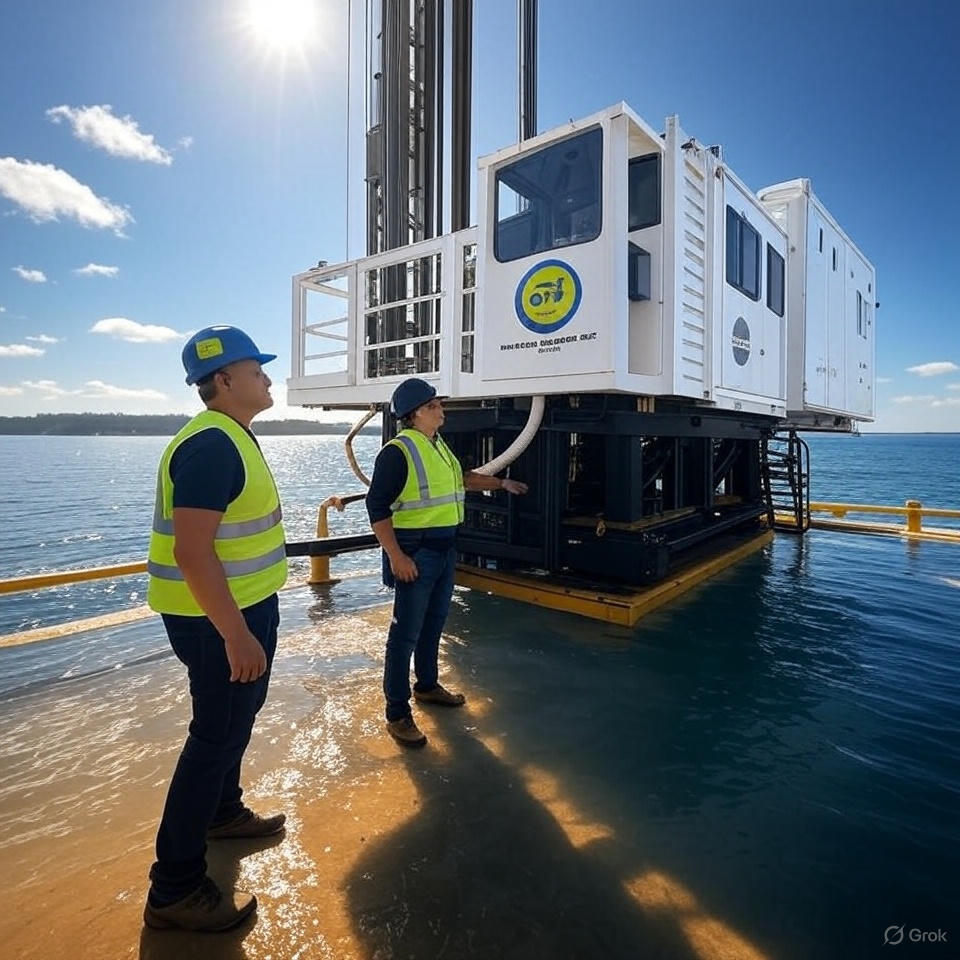
📞 Contact Information
OTS OFFSHORE TRADING & SERVICES CO., LTD
📍 Office: 63/18A Co Giang St., Vũng Tàu Ward, Ho Chi Minh City, VN
🏭 Workshop: 42H, 30/4 St., Tam Thang Ward, Ho Chi Minh City, VN
📞 Phone: +84 908 52 54 74 – (0254) 354 0969
📧 Email: [email protected] | [email protected]
🌐 Website: www.ots-tl.com
